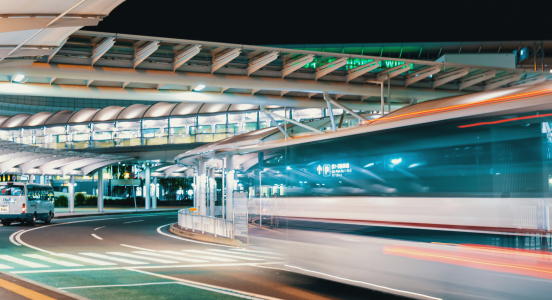Optimization for Urban and Regional services: Bologna’s Success Story
The company Trasporto Passeggeri Emilia-Romagna (TPER) is the largest company in the Emilia-Romagna region in terms of numbers and service volume in the public transport sector and is one of the main passenger transport operators in Italy. The technological partnership between TPER and MAIOR started in the early 90s. Let’s discover 30 years of history together.
In this interview, the engineer Stefano Manzoni, Head of Planning and Scheduling at TPER, explains how the use of optimization algorithms of the MAIOR Transit Scheduling Suite helps to plan optimized driver duties for urban and regional services, addressing all the specific characteristics and needs, or to generate simulation scenarios to increase efficiency and to improve both the service quality and employees’ quality of life.
TPER was founded in 2012 and is the result of the merge of the transport branch of ATC, the bus transport company of Bologna and Ferrara, and FER, the regional railway company.
TPER company manages over 2,500 employees and covers an annual mileage of over 50 million kilometers (31 thousand miles), of which 44.2 million km of bus services and 5.8 million for rail, for an annual total of over 160 million trips.
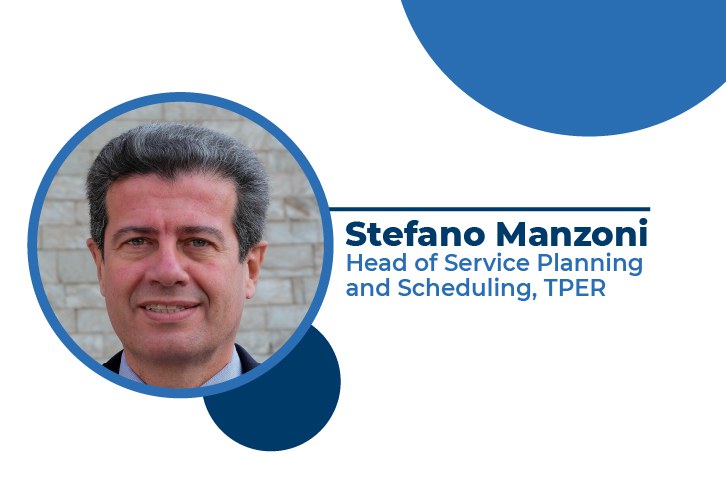
TPER was one of the first public transport companies to make the transition from manual driver scheduling construction to the use of scheduling software with optimization algorithms for the automatic generation of vehicle blocks and driver duties. To date, MAIOR and TPER collaborate on new projects and discuss possible evolutions with the same enthusiasm as 30 years ago.
Benefits of Implementing the MAIOR Suite
“Because there were no automatic data upload tools when we started, we had to do manual data entry. This activity took several months to complete, but little over a year we were up and running with the urban service, and after another 6 months with the regional service. Since 1994 we have had the MAIOR Transit Scheduling Suite in production on all our services: urban, suburban and extra-urban.” – Stefano Manzoni
One of the first benefits that the company achieved was to have all the data in one consistent DataBase. Thanks to this, answers to any service questions were obtained much faster and without the possibility of human error.
“Other immediate and very much appreciated advantages by service planners and schedulers during the transition from manual work to the use of the MAIOR Transit Scheduling Suite is that the software allowed timetable planners, in case of partial changes, to “rebuild” parts of the timetable without having to redo it entirely on graph paper, while duty schedulers could work with the peace of mind of never “losing” driving activities and thus leaving pieces of vehicle blocks uncovered.” – Stefano Manzoni
Before using the MAIOR optimization algorithms, the team for urban service scheduling was composed of 3 people. To define all the driver duties of a new service (about 900 duties) they worked 15 days in parallel, for a total of about 45 working days.
The construction of driver duties back in ATC was an extremely complex process due to working and labor constraints and the particularity of “collective” compensation. It involved the need to create driver duties with a very small dispersion of performance around the average value contractually established. With the MAIOR Transit Scheduling Suite, the overall effort for driver duties construction has been progressively reduced to a few days.
Another important goal achieved by TPER with the introduction of the MAIOR scheduling solution was to free the design of duties from the “particular” professionalism of a specific scheduler, professionalism that was handed down from colleague to colleague only with a long, and sometimes not painless, training and coaching. Now, in fact, the MAIOR suite is the tool that allows the creation of optimized duties, so that the presence of a few “elected” schedulers to create them is no longer absolutely essential.
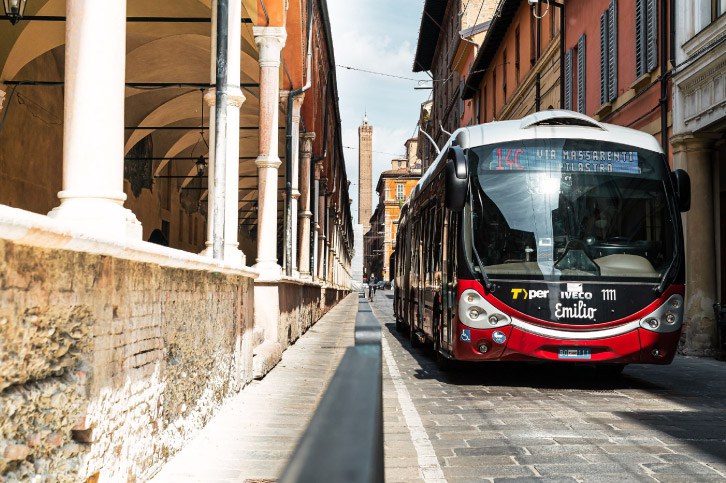
TPER has witnessed the many new versions of the algorithm released by MAIOR, which have always improved the quality of the solution found, until in 2005, there was what Stefano calls an “epochal turning point” since the algorithm:
-Could create duties with excellent quality, with minimization of undesirable ones, reduction of the average total time and non-revenue hours almost to zero, while maintaining an average performance exactly the contractual one.
-Allows users to generate simulations, to hypothesize the effects of regulatory changes on driver duties, quickly and accurately.
-With very short processing times (3 or 4 hours), it generated solutions that saved 2 average daily shifts compared to the best solution of the previous version of the algorithm and to what the best scheduler could do by hand.
–It did not require any manual operator intervention, since the duties it produced could easily be put into operation without modifications.
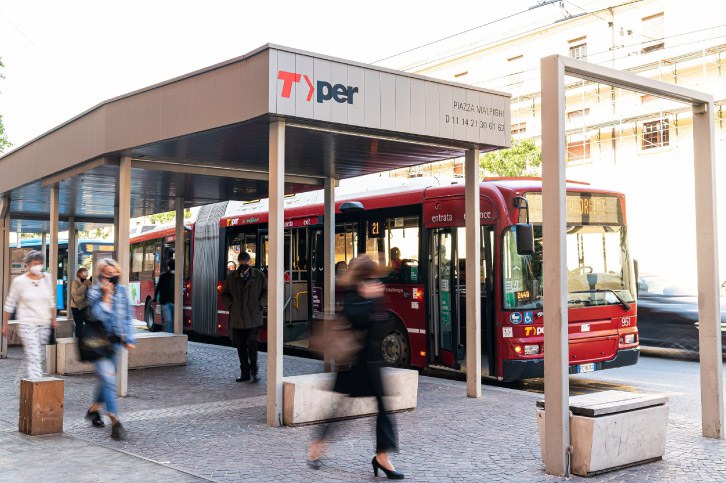
Particularities of Driver Duties and Reliable Responses to Union Requests
In TPER the driving duties have a uniform average total time very close to the reference value of 6h and 13′, ensuring that the maximum contractual time of 6h and 25′ is not exceeded.
“This very small range means that the duties, although differentiated into multiple types (morning, evening, split, single, semi-unique, part-time and full-time), all have very similar total times, so the Gaussian distribution around the average is very narrow. Major tuning actions were therefore needed to address this need.” – Stefano Manzoni
For Stefano, creating and analyzing scenarios is only possible using automated tools like MAIOR’s, and he recalls us that in Bologna the software closes about 800 duties, of which 640 are full time and 150 are part-time, in 2 or 3 hours, and that sometimes after a little more than an hour the algorithm already converges with a solution so close to the lower bound that they stop the algorithm and use that one.
“The real power of MAIOR’s scheduling optimization algorithm is that it eases the simulation running of duty scenarios and of regulatory changes, always finding, and in a short time, the best quality duties at the lowest cost.” – Stefano Manzoni
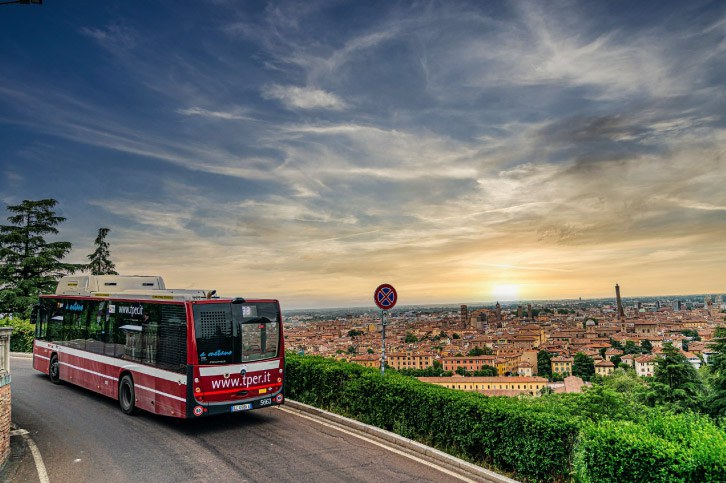
Scenarios and Simulations for Urban and Suburban Services
According to the head of planning and scheduling for TPER, Stefano Manzoni, the timetables of the urban service normally undergo less significant variations, excluding the recent pandemic period. Then, naturally, there are events in which one or more urban lines are affected for different needs. From simple changes on routes to the definition of new lines, passing through interventions on timetables and routes caused by closed roads, or to the adjustment of running times of a line to account for the reality evidenced during the operation.
The suburban service, on the other hand, is continually evolving due to requests for additional trips or changes in departure or arrival times, to satisfy specific requests, or to create or improve passenger transfers between services, in addition to the cases mentioned above for urban lines.
In any case, thanks to the MAIOR Transit Scheduling Suite, TPER can create multiple scenarios in a short time, in order to evaluate the alternatives and then put into operation the most convenient one, for the users, the drivers, and for the company.
COVID-19 Emergency Management
During the harshest period of the pandemic, TPER had a gradual closure, that is, a gradual reduction of the service offer. This is because Bologna has a service that moves a lot of passengers, even at off-peak times.
That’s why, during the March 2020 lockdown in Italy, TPER didn’t immediately put a non-school or holiday service into effect, but constantly varied services according to changes imposed by the government on workers. Therefore, TPER had to manage schools closed, businesses (and therefore workers) partly open and partly closed, social distancing on-board, and still guarantee the mobility needs of the population.
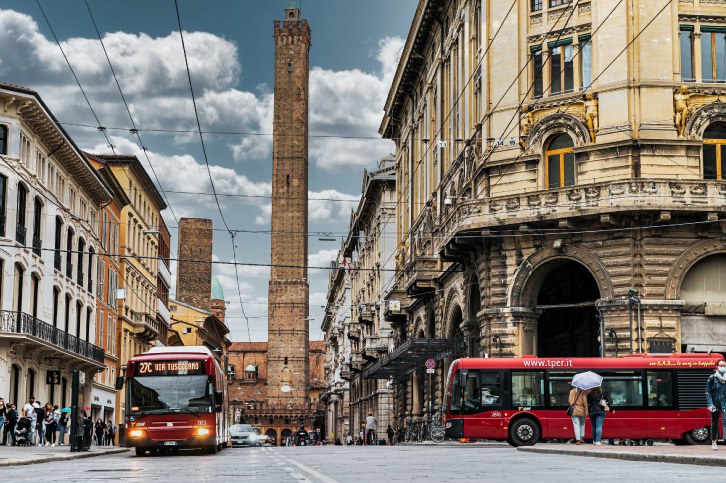
The future of Public Transport
“I believe that, in the future, it will be more and more essential to operate quickly and efficiently, to respond to continuous and frequent requests for changes, both of the network and of the service, coming from public transport stakeholders.” – Stefano Manzoni
Suburban services with low demand, which are often seen as ‘old’ services, could be reviewed from the reservation-based systems perspective. For Stefano, it is important for the public transportation world to bring to the discussion non-fixed-routes services or reservation-based services, but these should not be transformed into on-call ‘taxis’ for individuals, as they would have unsustainable costs for companies and for society.
“What would be needed is a turnkey system, including both the optimization and the communication part, for suburban services over a wide area that allows people to book these services by seeing what trips are available, at what times and what areas they cover, so that the public transport company can optimize, perhaps changing the trip and notifying changes to users who are already on board.” – Stefano Manzoni
“With the introduction of hundreds of additional rides during the pandemic period, today we report a lower on-board crowding percentage, especially during school hours, compared to pre-pandemic and it will likely be complicated to bring the buses back to the previous crowding coefficient. Furthermore, during these two years of the pandemic, the number of students enrolled in high schools has increased and this increase has been “hidden” by the additional “covid” buses that have been added with the resources made available by the Ministry. We will certainly face a challenge in terms of quantity, and to do so will require additional resources.” – Stefano Manzoni
Stefano believes that at the end of this pandemic, services will return more or less to pre-covid levels, but this will not be acceptable to passengers and there will be a need for less on-board crowding compared to the pre-covid situation.
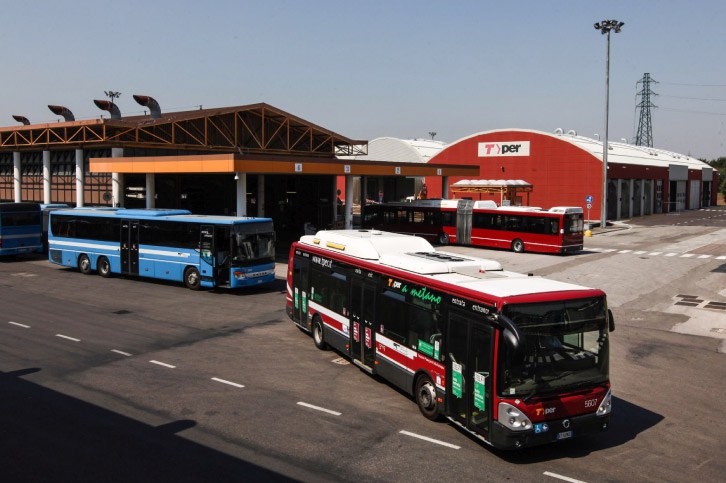
Hence the need to increase the resources available to public transport operations, for example, to be able to increase the number of trips at peak times, which entails the need for additional buses and drivers, or, on lines where it is possible, to use larger buses, even 18-meter ones (and one answer could come from 24-meter buses recently authorized also in Italy).
“We will then have to face “the challenge of challenges”: Managing the green mobility trend. We will therefore have to modify the lines to be able to insert electric vehicles with interventions that may require revisions of the timetable but also of the routes, the terminals and also the structure of the vehicle blocks.” – Stefano Manzoni
For Stefano, it is a fact that in the next few years, significant quantities of electric vehicles will be incorporated into service. Since this type of vehicle has completely different needs from other vehicles, these needs must be taken into account when designing the timetable and it will be necessary to adapt the service planning to include the e-bus related activities, such as opportunity recharging at depots. Consequently, timetables will have to be designed to guarantee a minimum amount of time spent at the depot or on the line, useful for battery recharging to complete the vehicle block, because recharging in the depot alone will not guarantee that the vehicle has enough energy to complete the duty.
“There is a desire to restart, but also to do more and better than before. For example, with evening or night services in urban areas and with a mix of traditional and flexible or reservation-based services (demand or variable route) on suburban and extra-urban services.” – Stefano Manzoni
